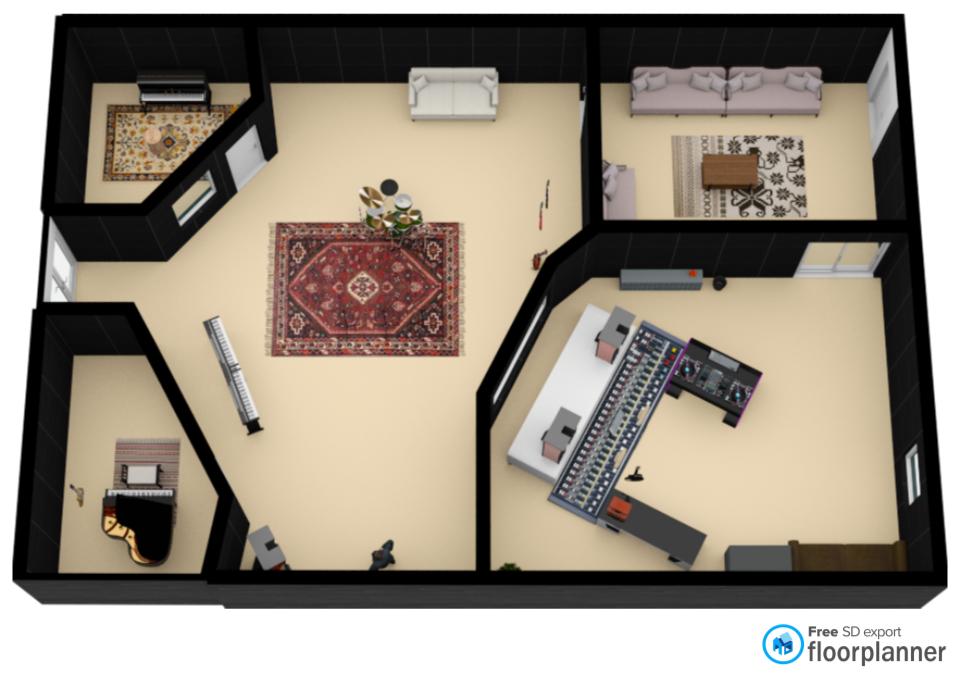
Having a music room in the house is the dream of most musicians. However, when organizing a music room, there are a few things to keep in mind. This way, it will be a comfortable place where you can work on your music, whether it is your hobby or your profession, without getting interrupted. We will walk you through it.
- Location in the house
- Getting the room ready
- Picking the right furniture
Location in the house
Before starting to organize the room, make sure that you pick the right room, whether you are creating a brand-new house or remodeling an existing space. You don’t’ want the room where you practice or record to be located next to your newborn’s room when you usually practice in the evening etc. When you are located next to a busy street, it could be wise to locate the room in the back of the house. Additionally, make sure the room is not in the middle of the household, so you won’t have any interruptions from family members either. A suggestion is a basement since this is easier to get soundproof, often without windows and away from outside noise.
Getting the room ready
A music room will, obviously, have some music being played. Therefore, the first step is to get the walls, floor, and ceiling ready. This refers both to blocking sound from entering and leaving the room. To improve the acoustics, consider soundproof foam, acoustic tiles, and a carpet rather than hardwood or tile floors.
Picking the right furniture
Furniture that enters the room has to comply with two criteria: being comfortable and improving the acoustics. Since you will most likely spend a lot of time in your new room, make sure that the furniture is comfortable for multiple hours while also allowing you to create your music. A big sofa might be ideal if you want to play guitar, but less ideal when playing the piano or drums. Secondly, the acoustics of the room are also influenced by the furniture, so rather than going for wooden style furniture, consider upholstered sofas and chairs as this will absorb the sound better.